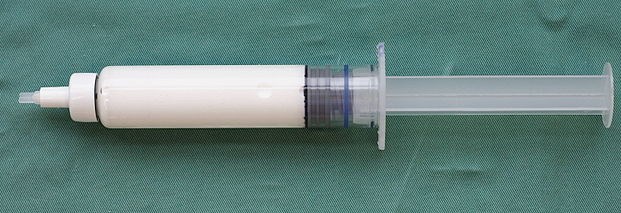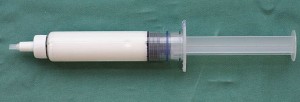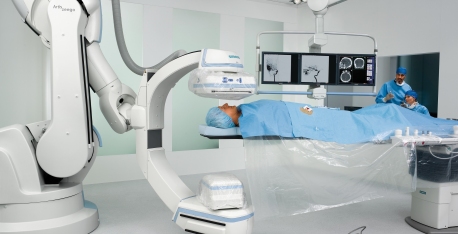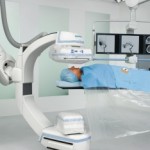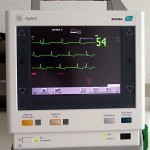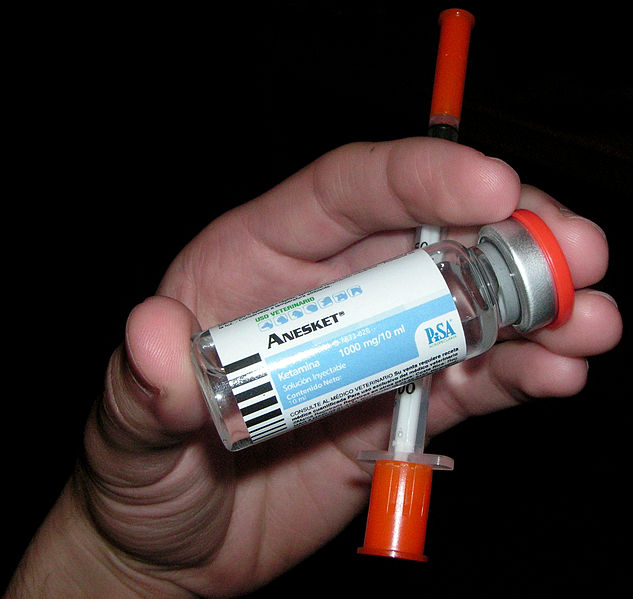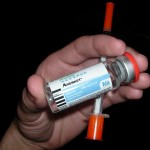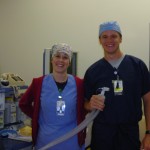 Submitted by Pamela Chambers, MSN, CRNA, EJD
Submitted by Pamela Chambers, MSN, CRNA, EJD
Click here for Lex Terrae consulting
As we all know, legislative bodies enact the laws that we must all abide by – whether we are aware of them or not. Ignorance of the law is rarely a defense to violating it, whereas professions set their own standards of care. Ignorance of the standard of care while not illegal, may be described as poor practice. But how does the public – or the courts, know what constitutes poor practices? How would a court determine the standard of care for nurse anesthesia practice in Temple, TX; or in Dallas, TX; or in Bay City, TX?
The United States Supreme Court held that expert opinion is only admissible when it is generally accepted as reliable the relevant scientific community Frye v. United States, 54 App.D.C. 46, 293 Fed.1013 (1923). The decision handed down in Daubert v. Merrell Dow Pharmaceuticals, Inc., 509 U.S. 579, 113 S.Ct. 2786, 125 L.Ed.2d 469 (1993) went a step further in clarifying that expert testimony must have a valid scientific connection to the issues of a particular case. So why is this important to know?
Upon review of Carolan v. Hill, 553 N.W. 2d 882, Iowa 996, the issue on appeal was the admissibility of expert testimony. The harm suffered by the plaintiff (Carolan) was ulnar nerve damage sustained during the administration of anesthesia for a surgical procedure unrelated to plaintiff’s arm. The trial court refused to allow the plaintiff’s expert witness testimony. The trial court relied upon its interpretation of the Iowa Code regarding who could establish standard of care. On appeal, the Iowa Supreme Court clarified the interpretation of the law in Iowa. The relevant code noted that a “person” qualified to provide expert testimony shall be so qualified based on medical or dental qualifications that relate directly to the issues in the case at bar. Furthermore, if the legislature had intended qualified individuals be restricted to physicians and dentists, it would have done so explicitly. In this instance, this issue was reversed (overturned the jury verdict for the defendant anesthesiologist) and remanded to the lower court. Plaintiff’s expert witness was a Nurse Anesthetist.
The Federal Rules of Evidence, rule 702, state the following with regard to expert witnesses: A witness who is qualified as an expert by knowledge, skill, experience, training, or education may testify in the form of an opinion or otherwise if: the expert’s scientific, technical, or other specialized knowledge will help the trier of fact to understand the evidence or to determine a fact in issue; the testimony is based on sufficient facts or data; the testimony is the product of reliable principles and methods; and the expert has reliably applied the principles and methods to the facts of the case. This rule is based largely on Daubert, but has been amended and modified as other landmark decisions (such as Kumho Tire Co. v. Carmichael, 119 S.Ct. 1167 (1999) have been decided regarding expert testimony.
Daubert set forth a non-exclusive checklist for trial courts to use in assessing the reliability of scientific expert testimony. The specific factors delineated by the Daubert Court are (1) whether the expert’s technique or theory can be or has been tested—that is, whether the expert’s theory can be challenged in some objective sense, or whether it is instead simply a subjective, conclusory approach that cannot reasonably be assessed for reliability (i.e. an opinion); (2) whether the technique or theory has been subject to peer review and publication; (3) the known or potential rate of error of the technique or theory when applied; (4) the existence and maintenance of standards and controls; and (5) whether the technique or theory has been generally accepted in the scientific community. The Court in Kumho held that these factors might also be applicable in assessing the reliability of nonscientific expert testimony, depending upon “the particular circumstances of the particular case at issue.” 119 S.Ct. at 1175.
So what does all of this mean? How does affect your practice if it affects it at all? Consider this, when you make a decision as to which nondepolarizing muscle relaxant you will use (when you have a choice) ask yourself if the decision you’ve made is accepted practice. When you decide to conduct your anesthetic in a manner that you deem best for your patient, ask yourself if the methods that you use are (still) relevant and valid? If any of us are practicing the “way we’ve always done it”, ask yourself this question – Is this defensible in a court of law?
About the author: Pamela Chambers is a staff CRNA a Central Texas regional trauma center and the affiliated Children’s hospital. Ms Chambers received her MSN in 2000 while on active duty in the U.S. Army; then received her Executive Juris Doctor (EJD) in Health Law in 2008 from Concord Law School. Ms. Chambers owns Lex Terrae Consulting a health law research and consulting firm and also teaches Legal Nurse Consulting for Kaplan University. Ms. Chambers is not an attorney. The information provided is legal research and should not replace consultation with an attorney or physician when warranted. Click here to learn more about Lex Terrae Legal consulting services.
 “Show me the money” “Where’s the beef?” Health care delivery has evolved over the past few decades to evidence based practice. With the emergence of new drugs, techniques, and regulations health care providers are demanding “where’s the evidence”. In our quest for evidence to guide our medical resource management, we often overlook the fact that our personnel are the most important resource that we manage.
“Show me the money” “Where’s the beef?” Health care delivery has evolved over the past few decades to evidence based practice. With the emergence of new drugs, techniques, and regulations health care providers are demanding “where’s the evidence”. In our quest for evidence to guide our medical resource management, we often overlook the fact that our personnel are the most important resource that we manage.
